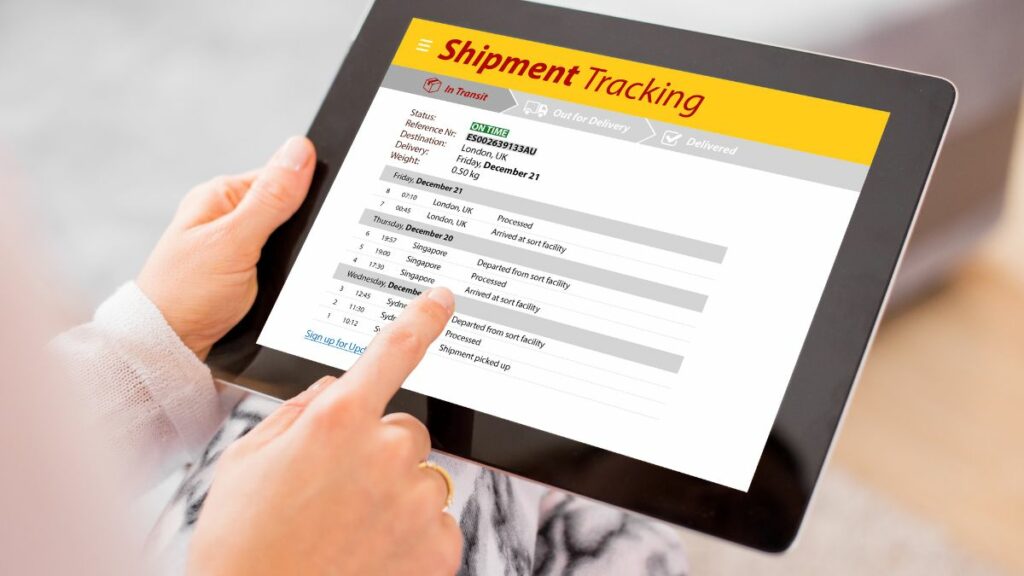Warehouse logistics plays a vital role in the smooth functioning of supply chains. In this article, we delve into the core elements of warehouse logistics, exploring its definition and highlighting its significance for businesses. By understanding the fundamental aspects, you can optimize operations, improve efficiency, and meet customer demands effectively.

Warehouse Layout and Design
An efficient warehouse layout is a pivotal factor in driving productivity and reducing operational costs. By strategically designing the layout, businesses can create a seamless flow of goods, minimizing unnecessary travel distances and optimizing workflow. Careful consideration of space utilization is crucial, taking into account factors such as:
- product volume
- storage requirements
- equipment needs
Utilizing the right storage systems, such as pallet racking, shelving units, and mezzanines, can maximize vertical space and facilitate easy access and retrieval. Moreover, establishing clear pathways for receiving, put-away, picking, packing, and shipping ensures streamlined operations.
Implementing effective zoning and product placement strategies
Effective zoning and product placement strategies play a crucial role in optimizing warehouse logistics. By dividing the warehouse into dedicated zones based on product characteristics, demand patterns, or order profiles, businesses can streamline operations and reduce travel time. Similar products can be grouped together, facilitating efficient picking and minimizing the time taken to fulfill orders. Implementing the ABC analysis method allows for the prioritization of high-demand items and assigning prime locations to high-value products or items with specialized handling requirements. Additionally, cross-docking strategies can be employed to expedite the flow of goods, enabling direct transfer from receiving to outbound shipping areas without long-term storage.
Inventory Management
A well-executed inventory management system is the foundation of smooth warehouse logistics. Through the utilization of inventory classification methods such as ABC analysis and Just-in-Time (JIT), companies can strategically allocate resources and prioritize inventory management efforts.
Employing techniques like demand forecasting, setting optimal reorder points, and maintaining safety stock levels, businesses can effectively minimize instances of stockouts and overstocking. The result is improved operational efficiency, reduced carrying costs, and the ability to meet customer demands promptly and precisely.

Order Fulfillment Processes
Efficient order fulfillment processes are essential in meeting customer expectations and ensuring timely delivery. An optimized workflow that encompasses order picking, packing, and shipping is crucial for smooth operations. Businesses can improve accuracy and timeliness by implementing strategies such as batch picking or zone picking, where multiple orders are fulfilled simultaneously within specific areas of the warehouse.
Integration of technology
Implementing a robust Warehouse Management System (WMS) can optimize order tracking, inventory control, and task management. Through the use of advanced algorithms and real-time data, businesses can achieve higher order accuracy, minimize delays, and improve overall efficiency.
Additionally, robotics and automation can streamline order picking and packing operations, reducing manual labor and improving speed and precision. Barcode scanning and RFID technology enable quick and accurate identification of items, reducing errors and enhancing inventory visibility.
Transportation and Logistics Network
Seamless coordination between warehouse operations and transportation is vital for efficient logistics. Optimizing inbound and outbound logistics through effective route planning, load consolidation, and carrier selection helps minimize transportation costs and improve delivery speed. And leveraging technology, such as Transportation Management Systems (TMS) and real-time tracking, enhances visibility and enables proactive decision-making.

Performance Metrics and Continuous Improvement
Order accuracy, on-time delivery, and inventory turnover, businesses can measure their performance and identify areas for improvement. Implementing continuous improvement practices, such as lean principles and Six Sigma methodologies, fosters a culture of ongoing refinement and efficiency enhancement. By actively seeking feedback, conducting root cause analysis, and implementing corrective actions, businesses can ensure sustained success in a dynamic marketplace.
Key Takeaways
To sum up, a solid grasp of warehouse logistics’ key elements is essential for businesses aiming to excel in their operations. By prioritizing efficient layout, accurate inventory management, optimized transportation, and continuous improvement, companies can streamline processes, minimize costs, boost productivity, and effectively meet customer expectations. These elements collectively contribute to operational excellence, improved customer satisfaction, and a competitive advantage in the market.
Cross Better Logistics is a trusted provider of comprehensive logistics solutions, specializing in optimizing warehouse operations and enhancing supply chain performance. With a commitment to continuous improvement and advanced technologies, they help businesses achieve operational excellence and drive growth.



